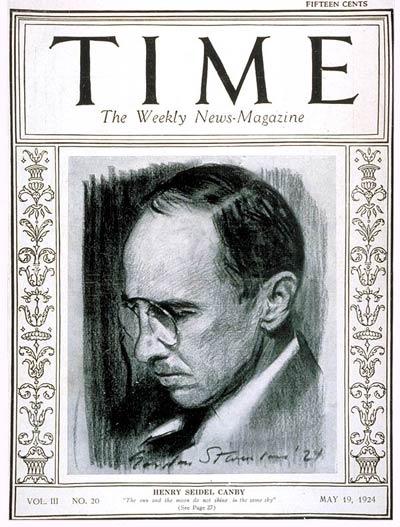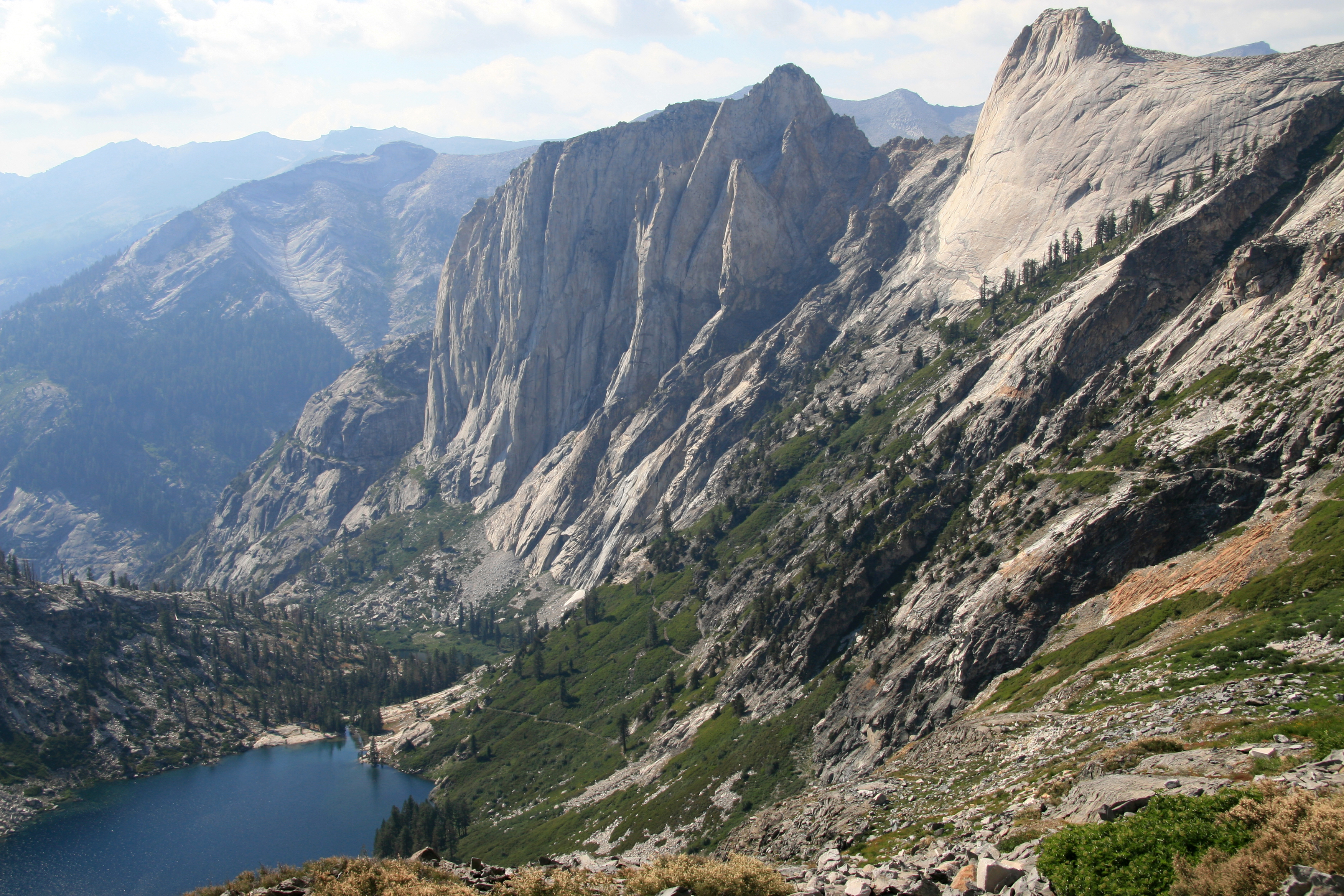|
Converse Basin
Converse Basin Grove is a grove of giant sequoia (''Sequoiadendron giganteum'') trees in the Giant Sequoia National Monument in the Sierra Nevada, in Fresno County, California, 5 miles (8 km) north of General Grant Grove, just outside Kings Canyon National Park. Once home to the second-largest population of giant sequoias in the world, covering acres, the grove was extensively logged by the Sanger Lumber Company at the turn of the 20th century. The clearcutting of 8,000 giant sequoias, many of which were over 2,000 years old, resulted in the destruction of the old-growth forest ecosystem. The Converse Basin Grove has not recovered despite attempts at restoration in the 20th century. The planting of single-species conifer plantations and the practice of fire exclusion has resulted in two high intensity wildfires since the end of the logging era, further degrading the giant sequoia habitat. Despite these challenges, the grove offers opportunities for studying forest r ... [...More Info...] [...Related Items...] OR: [Wikipedia] [Google] [Baidu] |
Hume-Bennett Lumber Company
The Hume-Bennett Lumber Company was a logging operation in the Sequoia National Forest in the late 19th and early 20th centuries. The company and its predecessors were known for building the world's longest log flume and the John_Samuel_Eastwood#Multiple_arch_dams, first multiple-arch hydroelectric dam. However, the company also engaged in destructive clearcutting, clearcutting logging practices, cutting down 8,000 giant sequoias in Converse_Basin_Grove, Converse Basin in a decade-long event that has been described as "the greatest orgy of destructive lumbering in the history of the world." Public opposition of the company’s actions helped mobilize support for the early Conservation_in_the_United_States, conservation movement, leading to the creation of Yosemite_National_Park, Yosemite, Sequoia_National_Park, Sequoia, and General_Grant_Grove, General Grant National Parks in the early 1880s. By the 1950s, almost all surviving sequoia groves were under public protection. Despit ... [...More Info...] [...Related Items...] OR: [Wikipedia] [Google] [Baidu] |
Steam Donkey
A steam donkey or donkey engine is a steam engine, steam-powered winch once widely used in logging, mining, Shipping industry, maritime, and other industrial applications. Steam powered donkeys were commonly found on large metal-hulled multi-masted cargo vessels in the later decades of the Age of Sail on through the Steam-powered vessel, Age of Steam, particularly heavily-sailed Skeleton crew, skeleton-crewed windjammers. A donkey used in forestry, also known as a logging engine, was often attached to a yarder for hauling logs from where trees were felled to a central processing area. The operator of a donkey was known as a donkeyman. Name Steam donkeys acquired their name from their origin in sailing ships, where the "donkey" engine was typically a small secondary engine used to load and unload cargo and raise the larger sails with small crews, or to power pumps. They were classified by their cylinder type – simplex (single-acting cylinder) or duplex (a compound engine#Mul ... [...More Info...] [...Related Items...] OR: [Wikipedia] [Google] [Baidu] |
World%27s Columbian Exposition
The World's Columbian Exposition (also known as the Chicago World's Fair) was a world's fair held in Chicago (''City in a Garden''); I Will , image_map = , map_caption = Interactive Map of Chicago , coordinates = , coordinates_footnotes = , subdivision_type = Country , subdivision_name ... in 1893 to celebrate the 400th anniversary of Christopher Columbus's arrival in the New World in 1492. The centerpiece of the Fair, held in Jackson Park (Chicago), Jackson Park, was a large water pool representing the voyage Columbus took to the New World. Chicago had won the right to host the fair over several other cities, including New York City, Washington, D.C., and St. Louis. The exposition was an influential social and cultural event and had a profound effect on American Architecture of the United States, architecture, the arts, American industrial optimism, and Chicago's image. The layout of the Chicago Columbian E ... [...More Info...] [...Related Items...] OR: [Wikipedia] [Google] [Baidu] |
Harper%27s Magazine
''Harper's Magazine'' is a monthly magazine of literature, politics, culture, finance, and the arts. Launched in New York City in June 1850, it is the oldest continuously published monthly magazine in the U.S. (''Scientific American'' is older, but it did not become monthly until 1921). ''Harper's Magazine'' has won 22 National Magazine Awards. In the 19th and 20th centuries, the magazine published works of authors such as Herman Melville, Woodrow Wilson, and Winston Churchill. Willie Morris's resignation as editor in 1971 was considered a major event, and many other employees of the magazine resigned with him. The magazine has developed into the 21st century, adding several blogs. ''Harper's'' has been the subject of several controversies. History ''Harper's Magazine'' began as ''Harper's New Monthly Magazine'' in New York City in June 1850, by publisher Harper & Brothers. The company also founded the magazines ''Harper's Weekly'' and ''Harper's Bazaar'', and grew to become Ha ... [...More Info...] [...Related Items...] OR: [Wikipedia] [Google] [Baidu] |
Henry Seidel Canby
Henry Seidel Canby (September 6, 1878 – April 5, 1961) was a critic, editor, and Yale University professor. A scion of a Quaker family that arrived in Wilmington, Delaware, around 1740 and grew to regional prominence through milling and business affairs, Henry Seidel Canby was a son of Edward T. Canby. Canby was born in Wilmington, and attended Wilmington Friends School. He graduated from Yale in 1899, then taught at the university until becoming a professor in 1922. Following a four-year stint as the editor of the literary review of the ''New York Evening Post'', Canby became one of the founders and editors of the ''Saturday Review of Literature'', serving as the last until 1936. His notes on the work of Vilfredo Pareto in 1933 in the ''Saturday Review'' helped launch the Pareto vogue of the 1930s. In 1926 Canby became Editorial Chair of the newly created ''Book of the Month'' Club. This was a subscription book club intended to promote the notion of middlebrow culture th ... [...More Info...] [...Related Items...] OR: [Wikipedia] [Google] [Baidu] |
Old-growth Forest
An old-growth forestalso termed primary forest, virgin forest, late seral forest, primeval forest, or first-growth forestis a forest that has attained great age without significant disturbance, and thereby exhibits unique ecological features, and might be classified as a climax community. The Food and Agriculture Organization of the United Nations defines primary forests as naturally regenerated forests of native tree species where there are no clearly visible indications of human activity and the ecological processes are not significantly disturbed. More than one-third (34 percent) of the world's forests are primary forests. Old-growth features include diverse tree-related structures that provide diverse wildlife habitat that increases the biodiversity of the forested ecosystem. Virgin or first-growth forests are old-growth forests that have never been logged. The concept of diverse tree structure includes multi-layered canopies and canopy gaps, greatly varying tree height ... [...More Info...] [...Related Items...] OR: [Wikipedia] [Google] [Baidu] |
Giant Sequoia National Monument
The Giant Sequoia National Monument is a U.S. National Monument located in the southern Sierra Nevada in eastern central California. It is administered by the U.S. Forest Service as part of the Sequoia National Forest and includes 38 of the 39 Giant Sequoia (''Sequoiadendron giganteum'') groves that are located in the Sequoia National Forest, about half of the sequoia groves currently in existence, including one of the ten largest Giant Sequoias, the Boole Tree, which is high with a base circumference of . The forest covers . The monument is in two sections. The northern section surrounds General Grant Grove and other parts of Kings Canyon National Park and is administered by the Hume Lake Ranger District. The southern section, which includes Long Meadow Grove, is directly south of Sequoia National Park and is administered by the Western Divide Ranger District, surrounding the eastern half of the Tule River Indian Reservation. The Giant Sequoia National Monument was cr ... [...More Info...] [...Related Items...] OR: [Wikipedia] [Google] [Baidu] |
Yosemite National Park
Yosemite National Park ( ) is an American national park in California, surrounded on the southeast by Sierra National Forest and on the northwest by Stanislaus National Forest. The park is managed by the National Park Service and covers an area of and sits in four County, countiescentered in Tuolumne County, California, Tuolumne and Mariposa County, California, Mariposa, extending north and east to Mono County, California, Mono and south to Madera County, California, Madera County. Designated a World Heritage Site in 1984, Yosemite is internationally recognized for its granite cliffs, waterfalls, clear streams, Sequoiadendron giganteum, giant sequoia groves, lakes, mountains, meadows, glaciers, and Biodiversity, biological diversity. Almost 95 percent of the park is designated National Wilderness Preservation System, wilderness. Yosemite is one of the largest and least fragmented habitat blocks in the Sierra Nevada, and the park supports a diversity of plants and animals. The ... [...More Info...] [...Related Items...] OR: [Wikipedia] [Google] [Baidu] |
General Grant Grove
General Grant Grove, a section of the greater Kings Canyon National Park, was established by the U.S. Congress in 1890 and is located in Fresno County, California. The primary attraction of General Grant Grove is the giant sequoia trees that populate the grove. General Grant Grove's most well-known tree is called General Grant, which is tall and the third-largest known tree in the world.Traditionally, the size of a sequoia has been measured by calculating the volume of the tree's trunk. Using this metric, General Grant is the second-largest known tree in the world, while the President tree is the third-largest. However, a 2011–12 study of the President found that, if the volume of a tree's branches is taken into account, the President is larger than General Grant. The General Grant tree is over 1,500 years old and is known as the United States' national Christmas tree. General Grant Grove consists of and is geographically isolated from the rest of Kings Canyon National Park. ... [...More Info...] [...Related Items...] OR: [Wikipedia] [Google] [Baidu] |
Sequoia National Park
Sequoia National Park is an American national park in the southern Sierra Nevada (U.S.), Sierra Nevada east of Visalia, California. The park was established on September 25, 1890, and today protects of forested mountainous terrain. Encompassing a vertical relief of nearly , the park contains the highest point in the contiguous United States, Mount Whitney, at above sea level. The park is south of, and contiguous with, Kings Canyon National Park; both parks are administered by the National Park Service together as the Sequoia and Kings Canyon National Parks. UNESCO designated the areas as Sequoia-Kings Canyon Man and the Biosphere Programme, Biosphere Reserve in 1976. The park is notable for its Sequoiadendron giganteum, giant sequoia trees, including the General Sherman (tree), General Sherman tree, the List of largest giant sequoias, largest tree on Earth by volume. The General Sherman tree grows in the Giant Forest, which contains five of the ten largest trees in the world. T ... [...More Info...] [...Related Items...] OR: [Wikipedia] [Google] [Baidu] |
Conservation In The United States
Conservation in the United States can be traced back to the 19th century with the formation of the first National Park. Conservation generally refers to the act of consciously and efficiently using land and/or its natural resources. This can be in the form of setting aside tracts of land for protection from hunting or urban development, or it can take the form of using less resources such as metal, water, or coal. Usually, this process of conservation occurs through or after legislation on local or national levels is passed. Conservation in the United States, as a movement, began with the American sportsmen who came to the realization that wanton waste of wildlife and their habitat had led to the extinction of some species, while other species were at risk. John Muir and the Sierra Club started the modern movement, history shows that the Boone and Crockett Club, formed by Theodore Roosevelt, spearheaded conservation in the United States. While conservation and preservation both ... [...More Info...] [...Related Items...] OR: [Wikipedia] [Google] [Baidu] |




.jpg)






